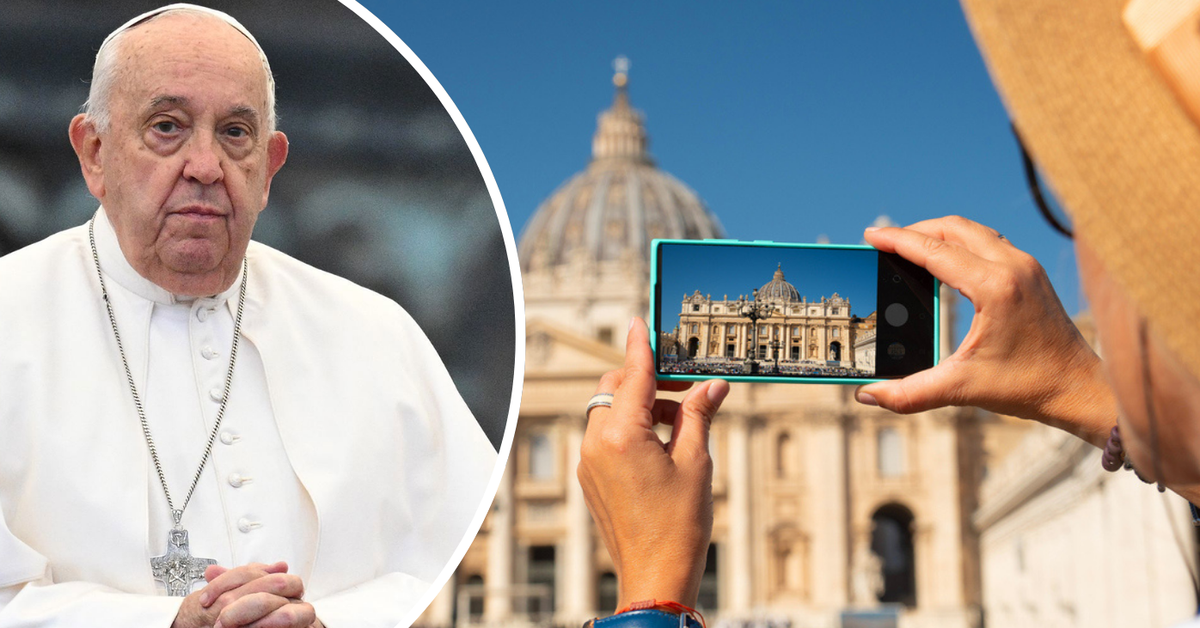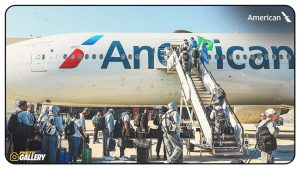By Jemima Skelley|
Pope Francis' death has kicked off a series of official events in Rome and the Vatican City to celebrate his life and mourn his passing.
It's expected that hundreds of thousands of visitors will flock to the Eternal City in the coming days and weeks to pay their respects to the late pontiff, who died this week age 88.
From the city's mourning period and the Pope's funeral in Rome, to the Conclave at the Sistine Chapel to elect the next Pope, people visiting Rome may experience some changes.
Here's everything to expect.
READ MORE: Aussie holiday spots that feel just like Europe (if not better)
If you're planning to visit Rome or the Vatican in the coming days, the city will still remain mostly open in the wake of the Pope's death.
Most of the city's hotels, restaurants, and sites will remain open, as will transport services like the metro and taxis.
Areas in and around the Vatican City will likely see more crowds and potential traffic diversions due to official events, and visitors can expect increased security.
It's also expected that hotels around the Vatican will fill up and have less availability.
The Vatican itself will not be closed – in fact, in the days and weeks following the Pope's death, it's expected that there will be an influx of travellers and religious pilgrims wishing to pay their respects.
The official mourning period will last for nine days, during which the Vatican Museums and Sistine Chapel will be closed to tourists.
Access to St. Peter's Basilica and St. Peter's Square may be restricted during events like the public viewing of the pope's body, the funeral Mass, and the Conclave.
The date of the Conclave – during which time cardinals from across the globe meet to decide on who will become the next Pope – has not been chosen, but will be held at least 15 days from today. During the Conclave, the Sistine Chapel will likely be closed indefinitely, until the election is over.
If you have a Vatican tour scheduled in the coming weeks, check with your tour operator to check that it's still going ahead or if it will be rescheduled.
Rome and the Vatican get extremely busy after the death of a Pope.
Huge crowds flock to the city to pay their respects, especially faithful Catholics from around the world. When Pope John Paul II died in 2005, an estimated four million people travelled to Rome to pay their respects, with over 300,000 people gathering in St. Peter's Square for the funeral.
After a new Pope is elected, he will make a public appearance in St Peter's Square, which will also draw crowds.
READ MORE: 'I broke my one and only holiday rule on a trip to Nashville – it was worth it'
Rome is a huge city, so it can be tricky to figure out where to stay. Here are some neighbourhoods to keep in mind when planning.
Centro Storico: Best for first-time visitors
Close to major attractions like the Pantheon, Piazza Navona, and Trevi Fountain, this area is walkable and full of restaurants.
Prati: Best for visiting the Vatican
A quieter, elegant area just outside Vatican City, ideal for people looking for a more residential stay.
Trastevere: Best for nightlife and local vibes
A lively area with cobblestone streets, great bars, and authentic Roman eateries.
Monti: Best for cool, artsy types
Near the Colosseum and Rome's oldest district, this neighbourhood is lively and eclectic with trendy shops, cozy cafes and bars, and plenty of young locals.
Testaccio: Best for food lovers
Known for its great casual eateries, food market, and fine-dining options, this area is a hidden gem for foodies.
Termini: Best for budget travellers
Around the main train station, it's affordable and well-connected, though a bit less charming.
Yes, the Vatican is open to everyone. No passport or visa is required to enter Vatican City, though you will need to buy tickets for the Vatican Museums and Sistine Chapel.
In the wake of the Pope's death, there will be some closures and restrictions to public areas during certain events.
READ MORE: The world's best airport has been named, and yes, it's probably the one you are thinking of
Entry to Vatican City is free. You can enter Saint Peter's Square and the Basilica without needing to pay an entrance fee, but will need to buy tickets for the museums and Sistine Chapel – either online or in person.
Even on a regular day, queues to enter St. Peter's Basilica or the Vatican Museums can be quite long. During peak season and on weekends or holidays, you could expect to wait 2-3 hours or more.
As more visitors flock to the Vatican to pay their respects to the Pope, it's expected that the wait times to enter these sites will be lengthy.
Yes, you can wear jeans to the Vatican, but avoid styles that have excessive rips or embellishments. Modest clothing is required, so clothes that expose your knees, including shorts, skirts, and dresses, are not allowed. Your shoulders should also be covered at all times.
The guards have the right to refuse you access into the city if you do not follow the dress code.
READ MORE: All the best places to stay in the Blue Mountains
If you want to see the Vatican without crowds, visiting in the wake of the Pope's death probably isn't a great choice.
The low season for the city is between September and February. Aim to visit on Tuesdays or Thursdays early in the morning (before 9am) or in the late afternoon to avoid crowds.
For a complete visit to Vatican City, you should plan to spend at least 5 to 6 hours.
This will give you time to explore the Vatican Museums and Sistine Chapel, climb into the dome of St. Peter's Basilica for panoramic views, and then spend time in St. Peter's Square.
Auto news: 'Not all hybrid vehicles deliver fuel savings compared to their petrol counterparts'
© 2025 Nine Entertainment Co.




